Introduction to Crassula
Dive into the world of Crassula, a diverse genus of succulent plants, and their unique attributes that make them a favorite among plant enthusiasts. Known for their charming aesthetic and hardy disposition, these succulents become delightful botanical companions, particularly in the warm and diverse climate of India.
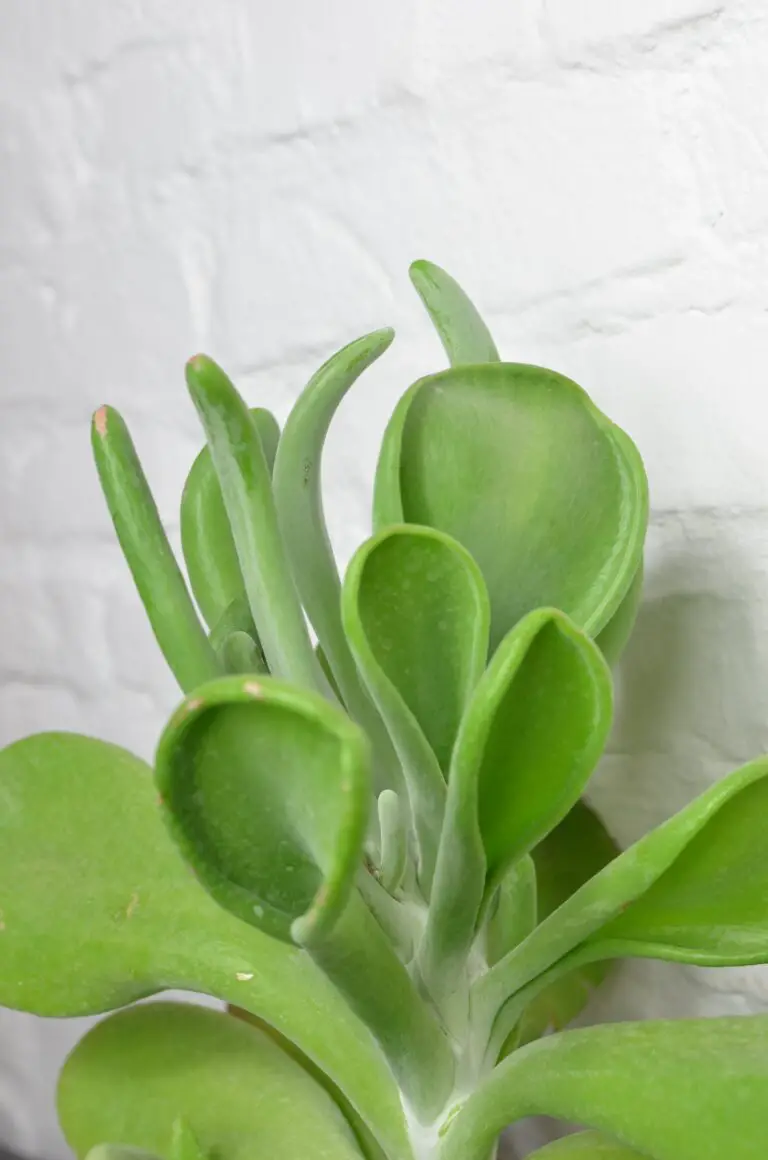
Imagine a plant that not only survives but flourishes with minimal care, making it the perfect candidate for both seasoned gardeners and those notorious for their “black thumb.” The versatility of Crassula allows it to adapt to various indoor and outdoor settings, creating green nooks of serenity throughout bustling Indian cities.
Moreover, the resilience of these succulents to bounce back from neglect reveals their forgiving nature, encouraging even the busiest individuals to add a touch of green to their lives. Our guide on sunshine needs for succulent plants emphasizes the simplicity of ensuring your Crassula receives the right amount of light, a key component to their care.
Whether nestled in a cozy corner of a high-rise apartment in Mumbai or perched on a sunlit windowsill in a quaint Bangalorean bungalow, Crassula plants are exceptionally adaptable. Their verdant presence in office spaces or as part of a larger balcony garden exemplifies their potential to transform any space into a lush, verdant environment.
Understanding the Indian Climate
Imagine setting foot on a land where the sun kisses the earth with varying intensity, from the frost-kissed peaks of the Himalayas to the sun-drenched coasts of Kerala. This is India, a mosaic of climatic diversities. In the context of growing Crassula, a cherished succulent, these climatic variances play a pivotal role. Can these green delights adapt to the Indian theatrical climate? Let’s delve into the kaleidoscope of Indian weather patterns and their influence on nurturing these green gems.
Starting our journey in the north, we encounter the frigid embrace of the Himalayan winters, where the idea of a succulent braving the snow seems far-fetched. Yet, as we cascade down the foothills, the climate softens, offering a refuge for these hardy plants. The plains transition into a land of extremes – scorching summers followed by monsoon deluges, testing the resilience of Crassula species. They are succulents that relish sunlight but demand well-drained soil to thrive, making the calcareous lands of Rajasthan and the Deccan Plateau ideal strongholds for succulent cultivators.
Coastal regions, with their saline winds and high humidity, invite a different narrative, often challenging for many plants. Despite this, pockets within the Western Ghats and Eastern Highlands capture a milder essence, perfect for our green companions. Here, amidst the filtered sunlight under a canopy of age-old trees, Crassula could indeed find its sanctuary. Moving toward the heart, the central highlands present a symphony of weather with seasonally moderate warmth, complementing the needs of these fleshy-leafed plants.
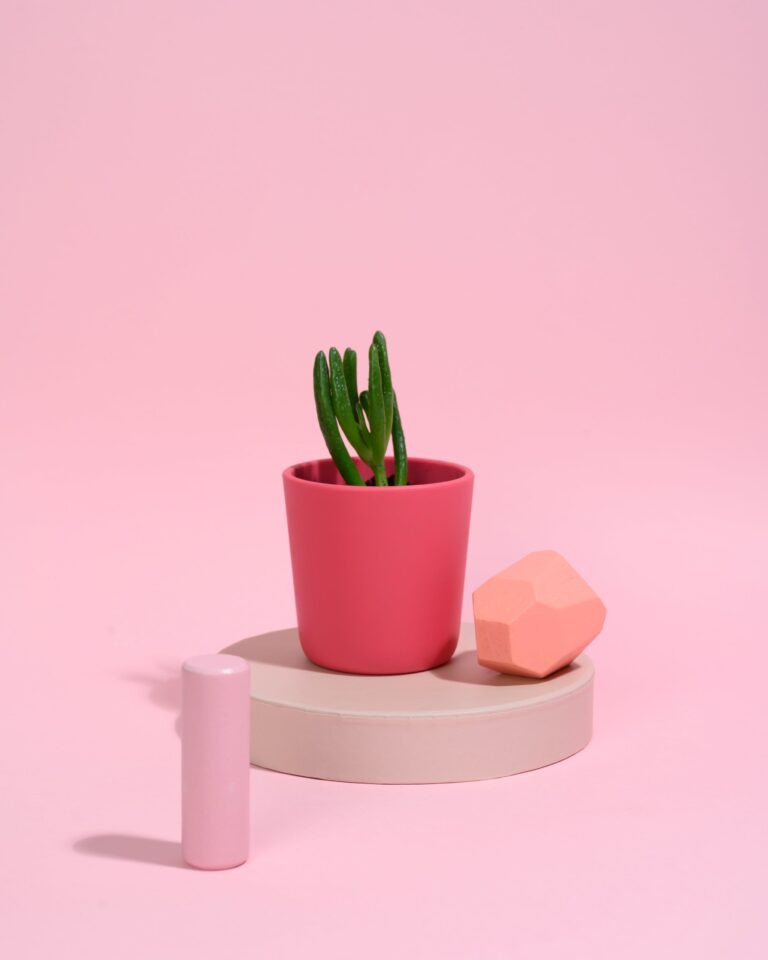
What do all these variations mean for the Crassula connoisseur? It’s about listening to the whispers of the environment – observing the monsoon’s rhythms, aligning with the dry spells, and respecting the cold snaps. In regions like Assam and Bengal, where humidity levels reach a crescendo, choosing a Crassula variety that enjoys moisture may be the secret sauce. On the other hand, arid areas such as Gujarat demand species that can stand their ground against the dry desert air.
Through an analytical lens, India’s climatic tapestry is not just a challenge but a dynamic playground for the Crassula enthusiast. Various microclimates foster a haven for cultivating these succulents with discernment and a touch of creativity. Each geographic alcove within India extends an invitation, a potential home for these potted treasures. Engaging with the climate, understanding its nuances, and listening to the subtle cues can turn the dream of a Crassula oasis into verdant reality.
Best Crassula Species for Indian Gardens
India’s climatic diversity is a fertile playground for plant enthusiasts, and when it comes to the succulent family, Crassula species beckon with a special allure. These hardy beauties are not just survivors; they are adaptability personified, making them prime candidates for Indian gardens that vary from the tropical heat of the coasts to the cooler climes of the north.
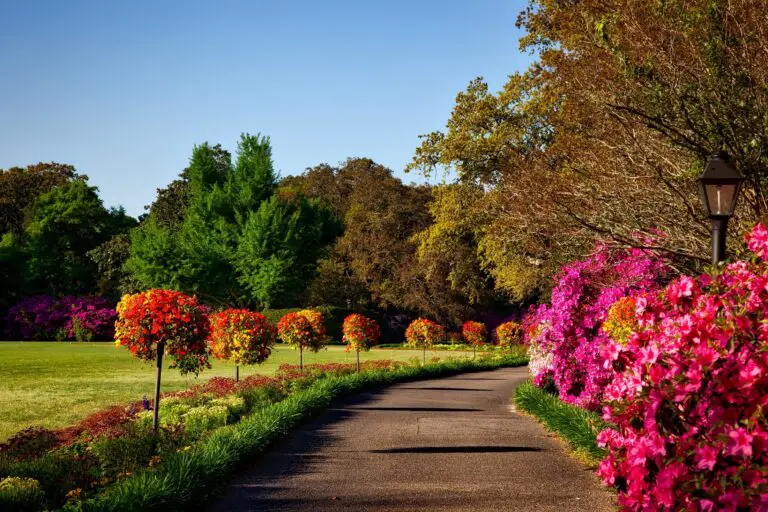
One standout variety that revels under the subcontinental sun is Crassula ovata, commonly known as the Jade Plant. Often seen basking on balconies in Mumbai or adorning alcoves in Ahmedabad, this glossy green succulent thrives with minimal fuss. Its resilience to erratic weather and irregular watering schedules makes it an urban dweller’s dream.
Another species that is earning its spot in the Indian gardener’s heart is Crassula capitella, the Campfire Crassula. Its fiery red leaves are reminiscent of the vibrant hues found in traditional Indian textiles and festivities, making it a visually stunning addition to any garden nook. Capable of handling the scorching summers, it practically ignites the green canvas with its seasonal color transformation.
Not to be overshadowed, the charming Crassula arborescens, or Silver Dollar Plant, offers a dash of silvery blue to the palette. Touted for its air-purifying abilities, this Crassula is well-suited for metropolitan regions like Delhi, where green warriors are needed to combat pollution.
For those residing on the rain-kissed shores of the east or west, where humidity is a constant companion, Crassula perforata, known as String of Buttons, emerges as a sterling contender. Its layered, textured look provides depth and contrast to container gardens or hanging baskets, bringing a touch of the exotic to the everyday.
In the heart of India, where tradition meets modernity, the Ripple Jade, or Crassula arborescens undulatifolia, stands as a testament to time-honored gardening melding with contemporary landscapes. Its wavy, undulated leaves are a topic of conversation in nurseries and neighborhoods, symbolizing the fusion of old and new that characterizes the country.
Amidst the vast palette of Crassula species, one thing is clear—all it takes is a little knowledge of your local environment and a passion for plants, and you, too, can transform your Indian garden into a succulent sanctuary that defies expectations and delights the senses.
Crassula Care Essentials
Thinking of adding a touch of green to your home with a Crassula? Excellent choice! These plants are not just about their glamorous look; they are easy to fall in love with for their resilience and simplicity in care. Let’s dive into the nitty-gritty of what it takes to keep these succulent beauties beaming with life right here in India.
First things first, soil is the foundation of plant health, and Crassula is no exception. They require well-draining soil that says goodbye to excess water like a polite but firm host. A mix of regular potting soil with some sandy grit or perlite provides the perfect balance for these plants to thrive. Spotting a Crassula in the wild isn’t common here, but mimic those conditions, and you’re on your way to seeing your Crassula flourish indoors.
Watering these succulents is like seasoning a dish to perfection—it’s all about finding that balance. Over-watering is the fastest route to misery, while under-watering leaves them thirsting for more. A good rule of thumb for Crassula care is to wait for the soil to completely dry out before drenching them in water again. Remember, these are drought-tolerant plants. They store water in their leaves, making them forgiving if you skip a watering or two.
Now, let’s talk about sunbathing. Crassula plants love basking in the sunlight but don’t appreciate being scorched. In the Indian climate, where the sun plays a strong game, it’s crucial to provide them with bright, indirect light. A spot near a window that filters in soft morning or late afternoon sun works wonders. You can gradually introduce them to more sunlight, but watch out for any signs of sunburn on the leaves.
For a closer look at the dos and don’ts of caring for your Crassula, check out this informative video:
Remember, while Crassula is hardy, they have their likes and dislikes. Tune in to their needs, and you might just find yourself with a lifelong green companion. For more insights into the joys of growing houseplants in our region, I invite you to explore our page dedicated to nurturing your green thumb in the diverse Indian environment.
Overcoming Challenges in Growing Crassula in India
Gardeners across India have been trying their green thumbs at growing the resplendent Crassula, better known as the Jade Plant. Now, while this remarkable succulent has adorned many a balcony and window sill with its lush, jade-like leaves, it would be naive to assume it’s all smooth sailing. Let’s break down the hurdles you might face and strategize on how to leap over them with finesse.
Combatting the Bane of Pests
In the lush landscapes of India where biodiversity thrives, Crassula can become an all-you-can-eat buffet for a variety of pests. Mealybugs and spider mites, quaint as they sound, are notorious for crashing the party. Tackling them with organic insecticidal soap sprays or neem oil can help keep these uninvited guests at bay without harming your ecosystem.
Dealing with the Dreaded Diseases
Fungal infections love the monsoon as much as the peacocks do, and your Crassula might become the unwitting host. Overwatering is often the culprit, so ensure your watering schedule is more ‘mindful’ than ‘monsoon.’ If you spot any tell-tale signs of rot or mildew, snip away the affected areas pronto and let the air flow do the healing.
Sometimes, despite our best efforts, symptoms of distress may appear seemingly out of the blue. Fret not, for there’s much to learn from this engaging video that highlights common problems encountered by Jade Plant enthusiasts and how to address them. Take a look:
Monsoon Woes: A Watery Challenge
Ah, the monsoon – a season of poetry and petrichor, but also a period of pathos for our Crassula friends if not minded carefully. The torrential downpour can be overwhelming, leading to waterlogged roots that spell disaster. A clever workaround? Elevate your Crassulas in well-draining pots, and if possible, move them to sheltered areas when the skies turn tumultuous.
Remember, nurturing Crassula in the Indian climate can be likened to a thrilling cricket match – there will be unexpected swings and bouncers. But with some resilience and adaptation, you might just end up scoring a century in gardening!
The Best Locations and Settings for Your Crassula
Envision a corner in your cozy Mumbai apartment balcony, where the tender rays of the morning sun graze the plump leaves of a thriving Crassula. Crassula, also known as the Jade Plant, has gained popularity among Indian households and gardens not just for its ornamental allure but also for its resilience. But the question stands—where in India does this robust succulent find its sanctuary?
The Northern plains, with their sometimes harsh climate, challenge the Crassula to a duel of survival. Yet, in the appreciative warmth of an indoor setting, near wide windowsills in Delhi homes, Crassula prospers. The key is consistent, bright, indirect light—a spot where the sun plays peek-a-boo rather than a full-blown hide and seek.
Swinging down to the coastal vibes of Chennai, the humid sea breeze is a test of endurance for the Crassula. Nevertheless, in well-aerated balconies that revel under the sun yet dodge the midday intensity, these succulents bask in glory. Remember, these are not plants that enjoy the surprise of a tropical downpour! Sheltered patios or porticos that mimic a greenhouse environment provide a perfect balance of humidity and warmth.
As we saunter through the rolling gardens of Bangalore, the gentle climate presents itself as a cradle for the Crassula. Outdoor garden spots that emulate a canopy of soft shades allow the Crassula to blend into the landscape seamlessly. While outdoors, crating a microclimate with the right companions—maybe a cluster of bamboo for company—can create a serene setting.
Amongst the hustle-bustle of Kolkata street corners, one might spot a Crassula resting on the balcony of an old, charming house. It’s the city’s ambient warmth coupled with nurturing care from the green-thumbed residents that turn an urban niche into a private oasis for these plants.
So, whether it’s the breezy balconies of Kochi or the sun-washed ledges of a Jaipur Haveli, the Crassula finds its Eden with ease. Give it the sunlight it craves, shield it from the heavy monsoon torrents, and you’re golden, just like the sun-kissed tips of its fleshy leaves.
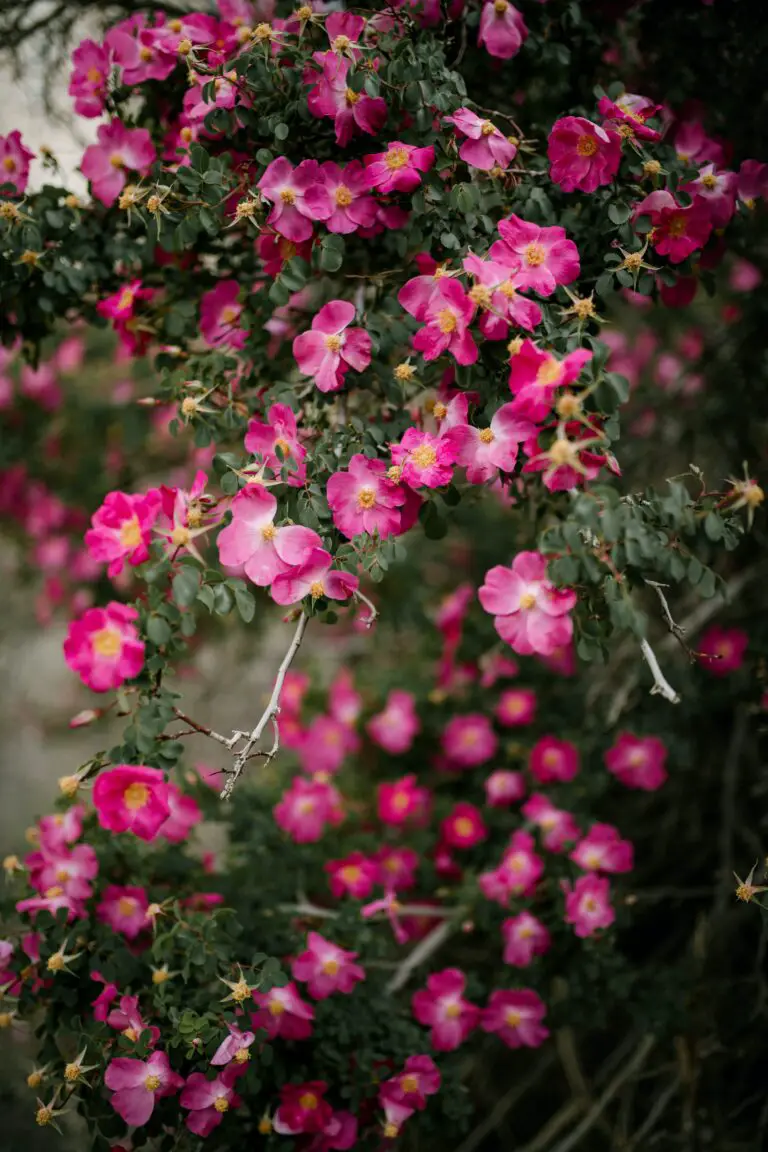
In sum, your beloved Crassula’s well-being hinges on finding the sweet spot of sun and shade, warmth and ventilation, amidst the diverse and dynamic landscape of India. Experiment with spaces and observe your green buddy flourish.
Incorporating Crassula into Indian Landscape Design
Imagining the lush, verdant landscapes of India might not immediately bring to mind the stout and resilient Crassula, but this succulent is making its mark in the subcontinent’s gardens in the most stunning ways. Green-thumbed enthusiasts and professional landscapers alike are finding that Crassula, with its myriad forms and tolerance for varied climates, fits beautifully into the tapestry of Indian garden design.
The Crassula’s versatility is celebrated through its use in eclectic pot arrangements that create pockets of greenery in the bustling city terraces of Mumbai and the serene courtyards of Bangalore. Picture an array of Crassula ovata, commonly known as the Jade Plant, their fleshy oval leaves gleaming in the Indian sunshine on a high-rise balcony. It’s more than just aesthetics; these are oases of calm in urban jungles.
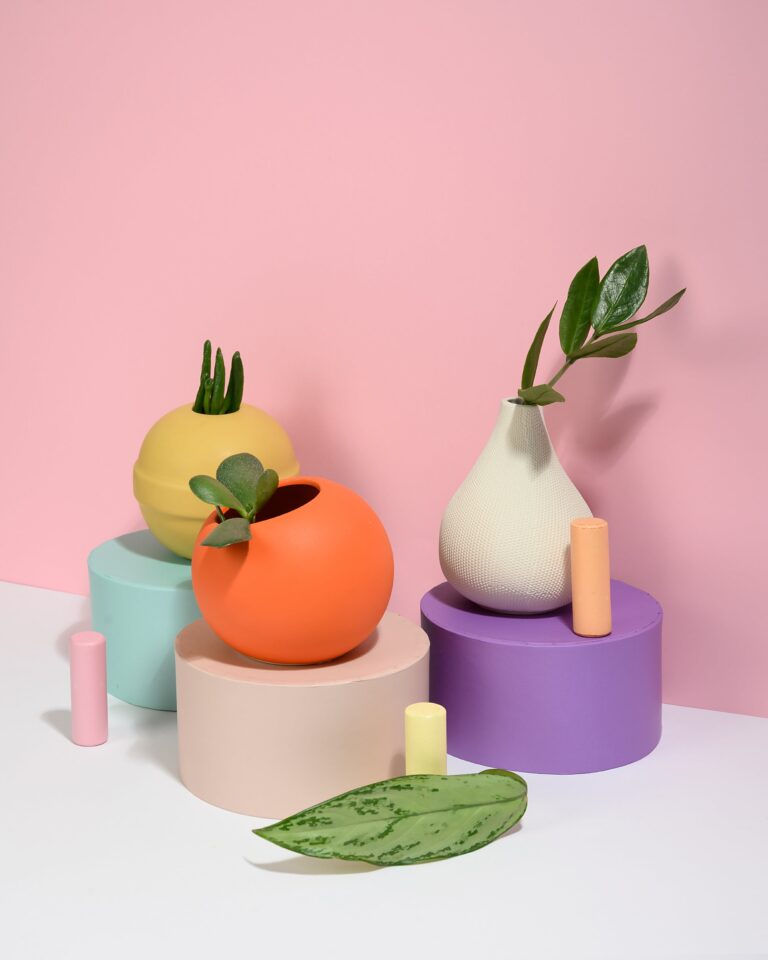
Rock gardens, too, are graced by the presence of Crassula. The plant’s structural complexity adds contrast and a point of interest amongst the smooth river stones and rugged boulders that characterize these gardens. In places like Chandigarh’s Rock Garden, you might find Crassula tucked into nooks, silently embodying the adaptive power of nature amid artfully arranged rocks.
For those seeking inspiration and perhaps a new leafy companion, visiting India Gardening’s collection of indoor succulent garden ideas is a delightful way to explore the use of Crassula and other succulents in your own space. Whether displayed in traditional clay pots beside Diya lamps or paired with sleek, modern décor, Crassula is a testament to the timeless beauty of Indian gardens and homes.
As we’ve seen, the Crassula isn’t merely surviving in India; it’s being actively woven into the very fabric of Indian landscape design. It’s a symbol of functionality, serenity, and a bridge between the old-world charm and contemporary style that defines modern India. The next time you explore an Indian garden, keep an eye out for Crassula, the humble yet magnificent plant quietly making its mark.
Crassula and Indian Culture
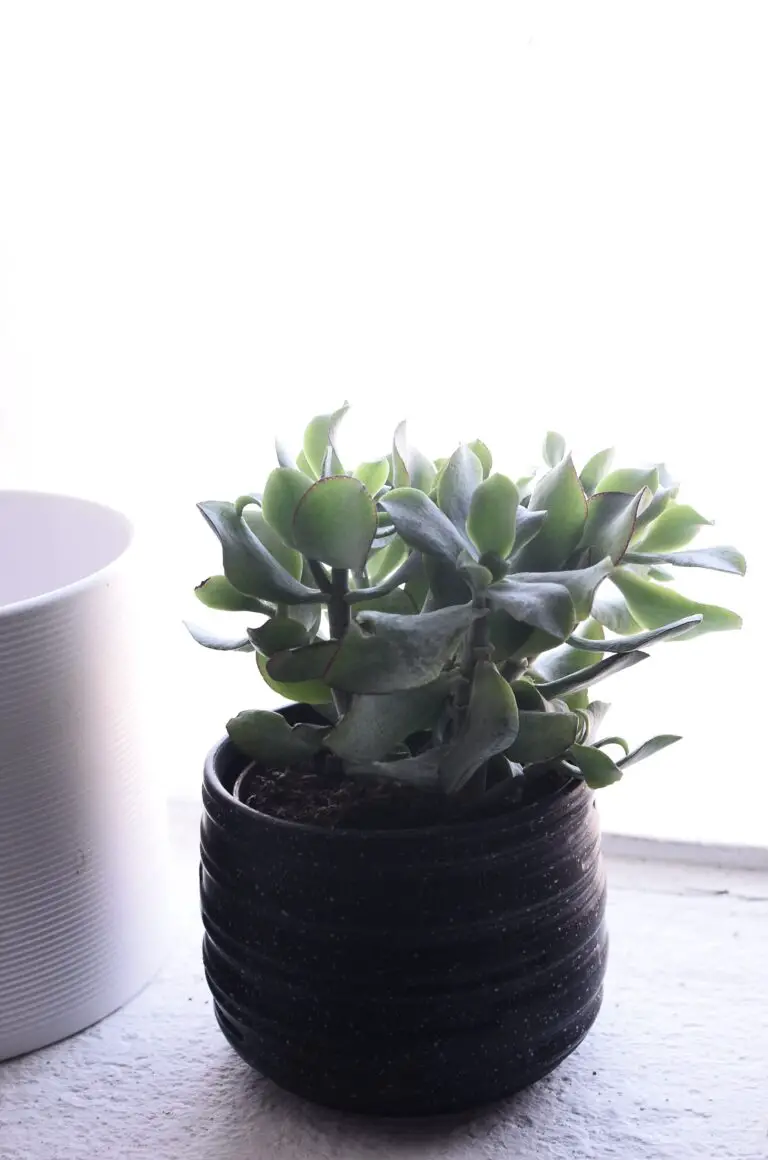
When we think of Crassula, we often visualize the robust, jade-green succulent adorning sunny windowsills and cozy corners of a home. But in India, Crassula is more than just a decorative houseplant. It’s woven into the fabric of cultural traditions, bearing significance that transcends its aesthetic appeal.
In India, Crassula often graces the thresholds of homes and businesses, quietly ushering in prosperity and warding off negative energies. The plant’s round, coin-like leaves have earned it a place in the heart of Vastu Shastra — the ancient Indian science of architecture and spatial arrangements. Adherents believe that when Crassula is placed in the north or northeast direction, it attracts financial well-being into one’s life.
Real-life examples amplify the plant’s cultural eminence. During festivals such as Diwali, the festival of lights, Crassula becomes a popular gift. It symbolizes the sharing of good fortune and the nurturing of positive relationships. This practice highlights the plant’s role in fostering community ties and celebrating shared prosperity.
Beyond the bounds of tradition, new-age Indian entrepreneurs have taken to keeping Crassula in their offices. The belief is that it spurs growth and innovation, pairing well with the dynamic spirit of startups. This modern adaptation of age-old practices demonstrates the timeless relevance of Crassula in Indian culture.
Crassula’s Evergreen Presence in Ritual and Daily Life
Though primarily lauded for its supposed economic boons, Crassula’s presence in Indian culture is not solely tied to wealth. The succulent is thought to possess purifying qualities that make it a staple in many households. It’s common to see Crassula pots perched near entrances, their serene greenery believed to cleanse the air and welcome positive vibrations into the home.
The versatility of Crassula is also evident in its use as a ceremonial plant. Certain religious rites and daily pujas (forms of worship) incorporate the Crassula as a symbol of eternal life and resilience — virtues deeply respected in the subcontinent’s spiritual philosophies.
From the bustling markets of Mumbai to the tranquil homes in Kerala, Crassula quietly asserts its relevance across the diverse cultural landscape of India. It’s a plant that has subtly integrated itself into the very ethos of Indian life, becoming an enduring emblem of prosperity, purity, and the unyielding spirit of the nation.
Where to Buy Crassula in India
Are you on the lookout for the perfect Crassula to add a touch of green to your living space? Well, you’re in luck! India’s diverse climate and rich gardening culture provide a thriving marketplace for plants like Crassula. Whether you prefer to stroll through local nurseries and breathe in the fragrance of fresh foliage or click away to your heart’s content on online marketplaces, finding quality Crassula plants in India is as exciting as it is convenient.

Imagine walking into a nursery, the air is buzzing with the chatter of fellow plant enthusiasts, and there it is—a Crassula that calls out to you. Each nursery is a treasure trove of Crassula varieties, from the miniature delights to grand, statement-making plants. The experience is palpable, with knowledgeable staff guiding you through the nuances of Crassula care. And if you’re lucky, you might just stumble upon a plant bazaar or a local gardening event that gives you the chance to snag a deal on these succulent beauties.
For those who prefer the digital realm, a myriad of online platforms awaits. With just a few clicks, you can browse through extensive catalogs of Crassula plants. Websites like Flipkart not only offer a wide range of options but also deliver right to your doorstep. Just picture the convenience of shopping from the comfort of your couch, with a steaming cup of chai in hand, as you select your next green companion.
The journey of bringing a Crassula into your home is one filled with anticipation and joy. Each plant comes with its own story, ready to be woven into the tapestry of your daily life. And the best part? You’re not just buying a plant; you’re inviting a slice of India’s fertile land into your personal space, where it has the potential to flourish and grow, just like the country’s rich heritage.
Local Nurseries – The Heartbeat of India’s Plant Culture
Visiting local nurseries isn’t just about making a purchase; it’s about embracing a community. Chat with fellow gardeners and share a laugh as you exchange tips and tricks on caring for your Crassula. Nurseries often source their plants from local growers, which means that each Crassula has been nurtured with a personal touch, acclimated to the local environment, and ready to thrive in Indian homes.
Online Platforms – Your Gateway to Green Living
And for those fleeting moments when you can’t make it to the nursery, the internet serves as your green sanctuary. Online platforms bridge the gap between rural growers and urban dwellers, making it possible for everyone to have access to Crassula, regardless of their location. The future is indeed green, and it’s available at your fingertips 24/7.
So, whether you’re a seasoned gardener or a newbie with a burgeoning green thumb, finding the perfect Crassula in India is a journey that’s guaranteed to be full of life, color, and a touch of India’s vibrant spirit. Happy planting!
Frequently Asked Questions
Ever wondered if the charming Crassula, also fondly known as the Jade Plant, can bask in the glory of India’s diverse climate? Let’s dive into some common questions and shed light on what it takes for these succulents to flourish in the subcontinent.
Is the Indian Climate Suitable for Crassula Growth?
Absolutely! Crassula thrives in warmth, and with most of India experiencing a tropical or subtropical climate, it’s a haven for these resilient plants. Imagine the Crassula basking in the Indian sun, much like it would in its native South African lands. Though, remember, during India’s intense monsoons, you’ll need to protect your Crassula from excess water, mimicking its natural arid conditions.
Can Crassula Adapt to India’s Varied Regions?
Consider the mighty Crassula as your horticultural chameleon—adaptable and versatile. From the drier regions of Rajasthan to the humid stretches of the coastal areas, Crassula plants can adjust with the right care. A Crassula in the Thar Desert might grow differently than one in the backwaters of Kerala, but with the proper soil mix and watering regimen, they’ll both thrive.
What Are the Best Practices for Cultivating Crassula in India?
It all starts with succulent potting mix—equal parts sand, perlite, and compost. Picture a Crassula in Mumbai, its leaves plump and glistening, all thanks to the well-draining soil it’s nestled in. Regular but not excessive watering is the mantra—drench the roots but let them dry out completely between waterings. Place it where it can soak up at least four to six hours of sunlight daily, and you’ve unlocked the secret to a vibrant Crassula in the bustling streets of Delhi or the serene gardens of Bengaluru.
Any Tips for Protecting Crassula during Extreme Indian Weather?
When the summer sun scorches the lands or the winter chill bites the air, protection is key. Imagine your Crassula as a guest at your home during a Holi celebration, shielded from the splash of water balloons. Similarly, during the Indian summers, a shade net might just be the equivalent of a cool beverage for your Crassula, providing relief from the intense heat.
With these insights, gardeners across India can be confident in their quest to cultivate Crassula, knowing that with a little knowledge and care, these succulents might just find India as delightful a home as any plant enthusiast does.



